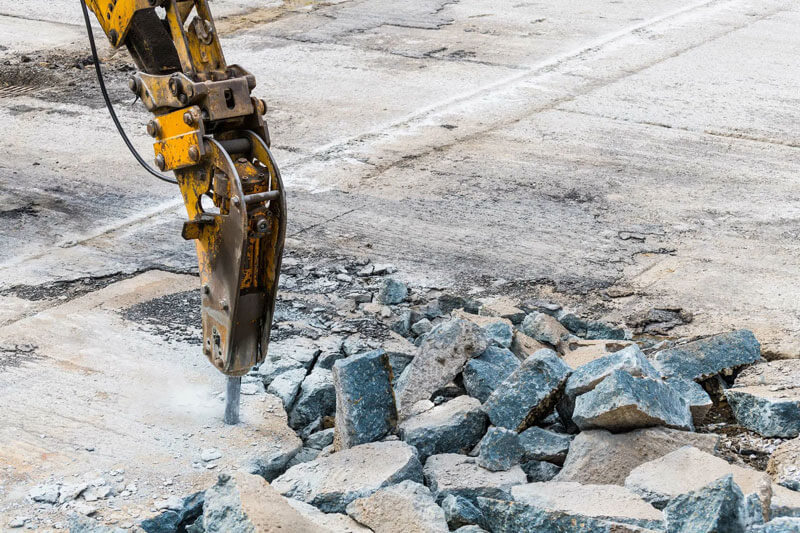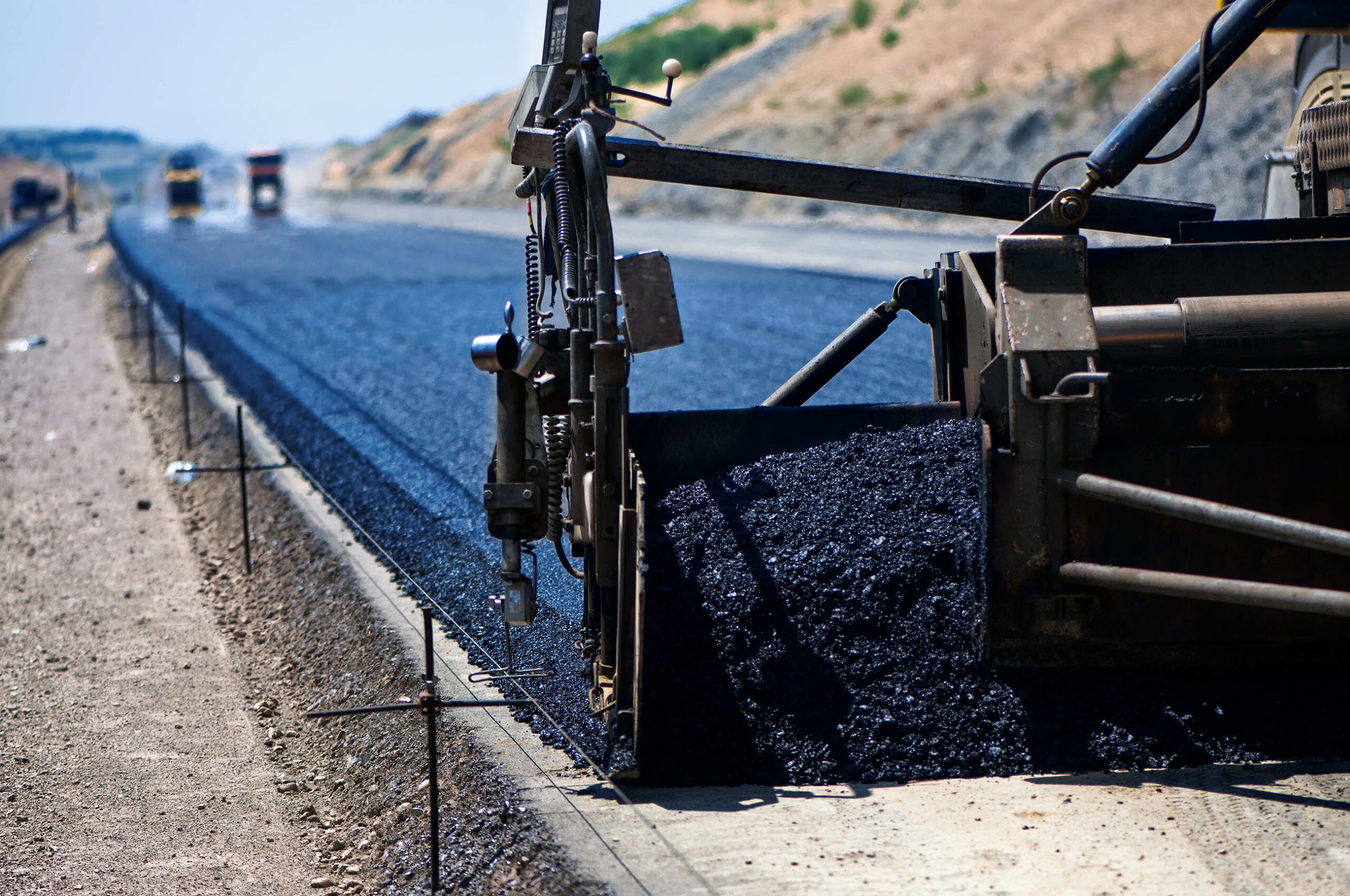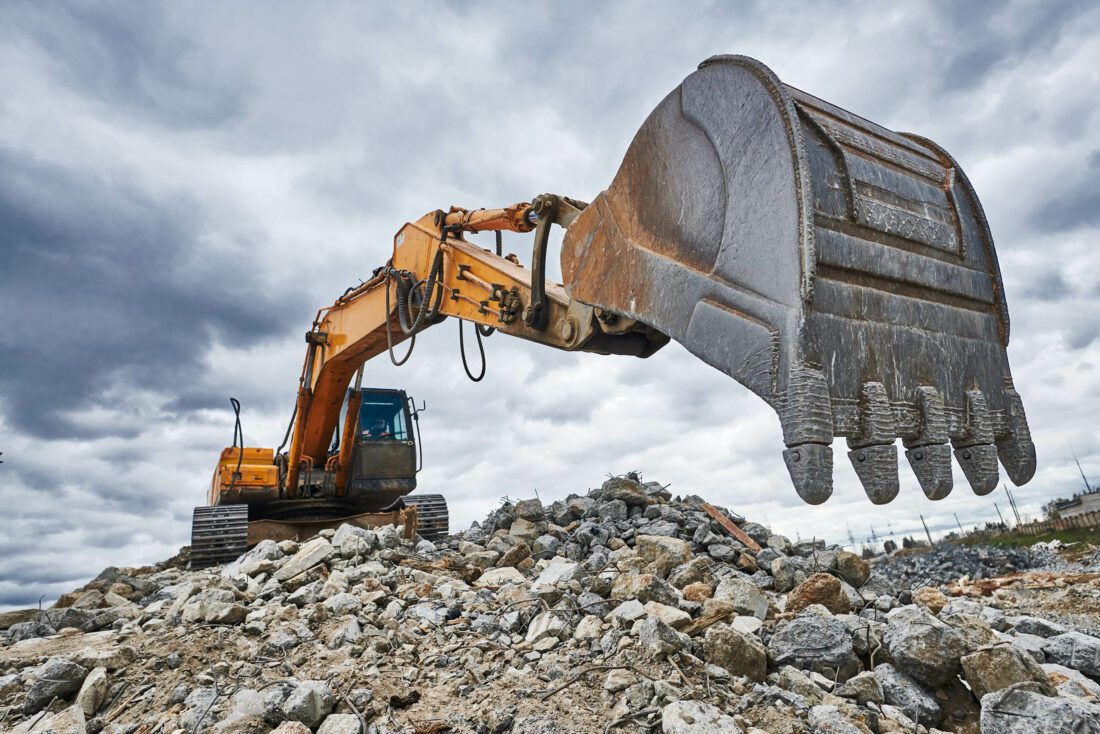Recycling the Rubble: What Really Happens to Used Construction Materials
Pass by any highway renovation project or demolition site and you’re likely to see lots of concrete rubble and other discarded material.
Where does all that stuff go?
Large-scale construction projects typically generate plenty of waste products. And there’s even more when a project involves the elimination of existing structures. Fortunately, recycling is now a routine practice in the industry. By repurposing as much of that used material as possible, construction firms are helping to preserve the environment—while reducing costs and creating jobs.

Keeping Track of the Rubble
Along with its many other tasks, the Environmental Protection Agency (EPA) tracks the disposition of materials used in construction and demolition (C&D).
Here are some EPA findings from 2018:
- The construction and demolition industry generated 600 million tons of debris.
- More than 90 percent of that material involved demolition projects; less than 10 percent came from construction.
- Most of the debris was from non-residential projects: buildings, and public works such as highways, bridges, utility plants and dams.
- The bulk of that material–more than 455 million tons—was directed to “next use”—in other words, recycled. (The rest—a little less than 145 million tons—went to landfills.)
That’s a recycle rate of better than 75 percent—compared with a 50 percent rate for municipal solid waste (the other category tracked by the EPA). That’s the stuff you and I discard every week.
Many construction materials can be channeled back into similar uses with minimal processing. That, along with sustained effort over the years, accounts for the industry’s remarkable track record in recycling

Concrete Rubble Gets a New Life
Concrete accounted for 61.5 percent of the construction debris in 2018—405.2 million tons in all. Clearly, that represents the industry’s biggest recycling challenge. It’s also one of its best success stories. More than 80 percent of that concrete was reused, most of it crushed into aggregate—which is then used in the production of new concrete. It’s a perfect example of next use efficiency.
Asphalt concrete—known to most of as simply asphalt or blacktop—has an even better recycling record than regular concrete. It comprised 17.8 percent of the D&C debris in 2018. And out of 107 million tons, 102.1 million tons found next-use applications.
Steel and other metals can be melted to form new products, and that has been the common practice in the construction sector. Out of 5 million tons of used metal in 2018, 3.6 million tons were recycled. Steel, which is a vital component of all large structures, is recycled at a rate of about 60 percent.

Still Room for Improvement
The construction industry’s record isn’t perfect, of course. In 2018, most of the used wood, brick, tile and drywall wound up in landfills. Often, the materials that might have been recycled aren’t present in sufficient quantities to arouse anyone’s interest. And the cost of retrieving, sorting and repurposing those materials can make it unprofitable. But that could change as new processes and uses are found for those materials.
For instance, discarded wood can be recycled and converted into a variety of products, such as wood chips, sawdust, plywood, particle board and even toilet paper. It only remains for enterprising entrepreneurs to see the potential in gathering the wood debris from construction sites and repurposing it efficiently.
Recycling is still a relatively young enterprise, and the processes that can make it economically viable are still being worked out. The record of the construction industry in this regard can serve as a good example for other industries—not to mention consumers. All in all, the construction field is headed in the right direction. And with its success, others are sure to follow.



